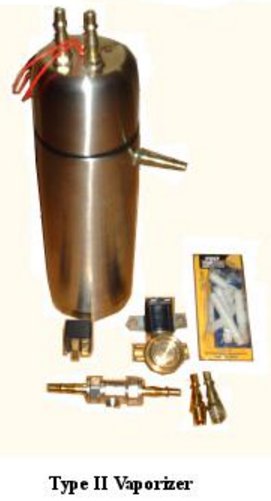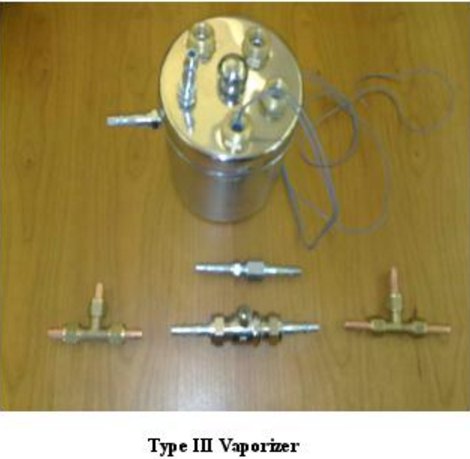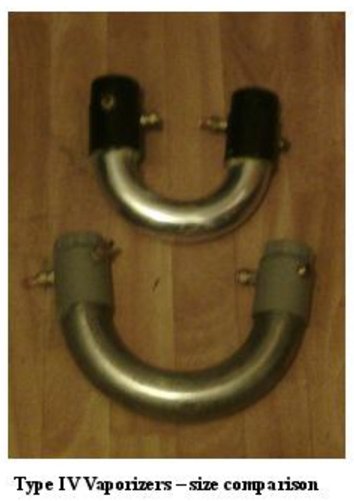|
 |
The devices only modify or add to the usual fuel delivery of either the carburettor or fuel injection system. No existing pollution controls are modified or removed, so their use and installation is completely legal. In fact, the more pollution control devices exist on the vehicle, the easier it is to install the devices. The only question may be in terms of manufacturer warranties, but these should not in reality be affected, as we are not mechanically altering the carburettor or injection unit; but we cannot guarantee the reaction of all dealers to the device. Indeed, in the U.S., no car company can legally invalidate a warranty on the basis of any after-market add-on. If the customer is worried about this, we would recommend they purchase the manual only, and show it to their dealer first, in order to obtain their approval.
|
 |
The Fuel vaporizer will work on almost any vehicle using liquid fuel - carburettor, fuel injection, petrol, turbo diesel (not normally aspirated, unless an air pump is fitted), or alcohol. The gains to be expected with this device can be in the region of 50% for the petrol or gas versions, or broadly 30 - 70%, but the diesel version will get about 10-15%, because of the difficulty in vaporizing diesel fuel. Usually no extensive modification is required, except to tap into the intake manifold, which can usually be done via an existing tap, such as a pcv valve, which usually means only splicing into an existing hose.
|
 |
In most installations, replacing the current spark plugs with hotter ones – by one grade, or getting multi-element spark plugs, such as those made by Bosch or Brisk, specifically having 4 or more electrodes, will allow a richer setting on the vaporizer to be used than just continuing with the current installed plugs. The Type IV vaporizer is very adjustable over a significant range, so whether this further enhancement is used is entirely up to you.
|


